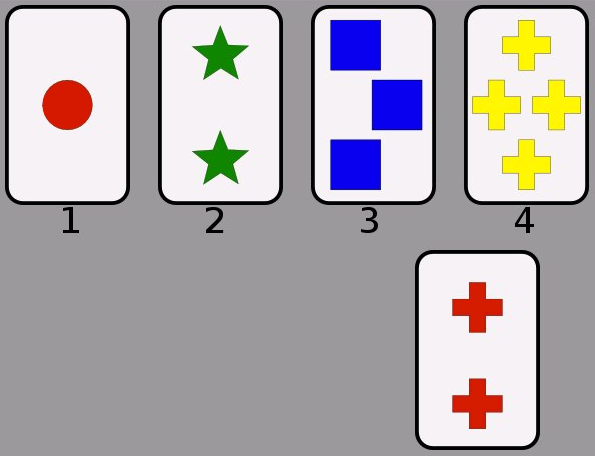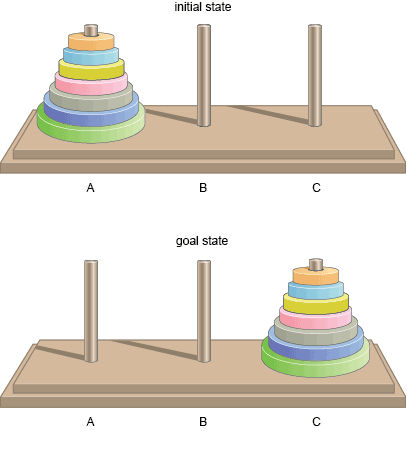Rise of the Research-A-Holics
March 19, 2024
And we’re back! I know you guys must have been on the edge of your seats for the past week, waiting for my next blog post. Ok that might be a tad of an overstatement, but either way I hope you aren’t sick of me yet (especially since it’s only week three, and I’ve got around nine of these left). So let’s get right to it. Today, we’ll be diving into the foundation and core of every scientific question, hypothesis, and study: the research.
As I mentioned in my very first blog post, to be able to create any viable solution, you must first fully understand the problem itself. And how can we truly understand the problem? By studying the work of the many scientists before us. In other words, through research. So without further ado, what can I say except – lights, camera, research!
For the past couple of weeks, I’ve been reading the 2007 novel New Developments in Autism, and I thought I’d give you all a brief summary of the section that is most relevant to my project: Chapter 8, Executive Functions in Autism.
The novel defines executive functioning as a “cognitive construct used to describe goal-directed, future-oriented behavior” (e.g. problem solving, planning, working memory etc…); executive functions are thought to be mediated by the frontal lobe (more specifically, the prefrontal cortex).

Furthermore, executive dysfunction has been found in individuals with autism, across many ages and functioning levels, as demonstrated by a variety of instruments utilized to measure executive functioning. These instruments include the Wisconsin Card Sorting Test (WCST), a measure of cognitive flexibility, and the Tower of Hanoi, a test of planning, both tests autistic individuals have been found to consistently struggle with.

Wisconsin Card Sorting Test [participants are presented with a series of cards containing stimuli that vary along several dimensions, including shape, color, and form – they are asked to sort the cards by matching the stimulus cards with a key card that has the same characteristic (e.g. shape)]

Tower of Hanoi [three pegs/towers with disks placed one over the other – participants must move the stack to another peg (only one disk can be moved at a time, and no disk can be placed on top of the smaller disk)]
Additionally, the chapter touches on the correlations between executive dysfunction and core symptoms of autism, beginning with early social impairments and continuing throughout childhood and adulthood; notably, as expressed in the novel, studies have suggested executive dysfunction to be a causative factor behind the stereotyped, repetitive behaviors of autistic individuals.
So essentially, not only do executive function deficits lead to significant difficulties with simple daily tasks for those with autism, but they also greatly contribute to the reduced overall social functioning for these individuals.
That pretty much wraps up my post for the week. I hope you all learned a little bit more about autism and executive functioning, and also have a greater understanding of why I chose to pursue this particular project.
I’ll now leave you with a quote from one of the greats. Just a little something to think about while you’re on the edge of your seats, waiting for my next blog post.
“If we knew what it was we were doing, it would not be called research, would it?” – Albert Einstein.

Leave a Reply
You must be logged in to post a comment.